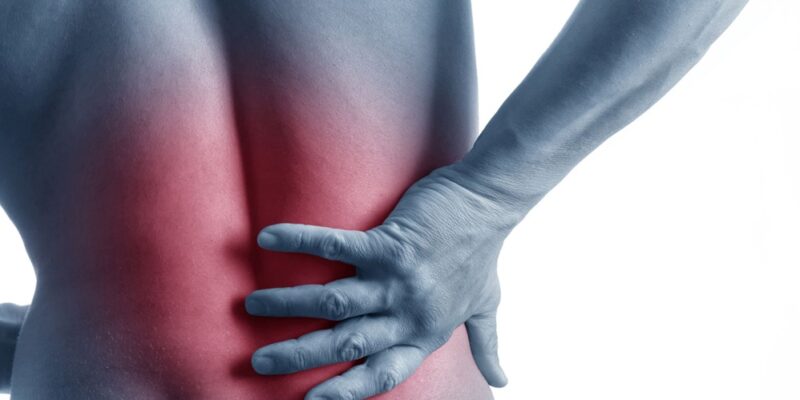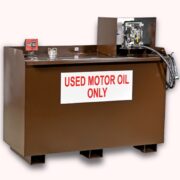Aging is a process that every individual goes through. As we enter our golden years, it’s not uncommon to experience various changes in our bodies, such as wrinkles, graying hair, and, of course, the inevitable aches and pains. One common complaint among older adults is back pain, especially in the lower region. So, is lower back pain normal as you age? Let’s dive in and find out.
Understanding the Causes of Lower Back Pain
Before addressing whether lower back pain is normal with age, it’s essential to understand the potential causes of this discomfort. Lower back pain can be attributed to different factors, including:
- Degeneration of the spine and its components (discs, joints, and ligaments)
- Muscle strains and injuries
- Spinal cord injury
- Poor posture and body mechanics
- Lifestyle factors such as lack of physical activity
While some of these factors are intrinsically linked to aging, others are a result of unhealthy habits that can contribute to continuous discomfort in the lower back. If you’re experiencing lower back pain, it’s important to identify the cause and mitigate any damage by making lifestyle changes.
Consulting a qualified healthcare provider for lower back pain in Davie can help find the best solutions for long-term relief. They will be able to help you to understand if your pain is normal or due to an underlying condition. And if necessary, they can provide treatment options to alleviate your discomfort.
The Aging Spine and Lower Back Pain
As we age, the structural elements of our spine, including the intervertebral discs, facet joints, and ligaments, undergo degenerative changes. Degenerative disc disease and spinal osteoarthritis are two common conditions linked to this process, which can result in lower back pain.
Degenerative disc disease
Intervertebral discs serve as shock absorbers in the spine. Over time, they lose their elasticity and ability to absorb shock, which can lead to reduced mobility, stiffness, and discomfort in the lower back. This degenerative process is often considered a normal part of aging, but it can also be exacerbated by factors such as smoking and being overweight.
Spinal osteoarthritis
Characterized by the breakdown of cartilage in the facet joints, spinal osteoarthritis can lead to inflammation and pain in the affected area. As arthritis progresses, the joints become less able to support and protect the spine, potentially resulting in spinal stenosis, nerve compression, and significant discomfort.
Prevention and Management of Lower Back Pain in Older Adults
While it’s true that lower back pain can be a natural part of the aging process, it doesn’t mean that you have to live with it. There are several proactive steps you can take to prevent and manage lower back pain, such as:
- Engaging in regular low-impact physical activities (e.g., swimming, walking, and yoga).
- Practicing good posture while sitting and standing.
- Maintaining a healthy weight.
- Following a balanced diet rich in calcium and vitamin D.
- Strengthening the core and back muscles through targeted exercises.
If your lower back pain is severe or persists despite self-care, it may be time to seek professional help. A qualified healthcare provider can assess your condition and recommend the best treatment plan for you. This may involve physical therapy, medications, lifestyle modifications, and other therapeutic interventions. Additionally, you may also check out this blog post if you want to learn more about the causes of lower back pain and its prevention.
To Wrap Up
Lower back pain is a problem in older adults, but it doesn’t have to be an unavoidable part of the aging process. Taking proactive steps to prevent and manage lower back pain can go a long way in ensuring you remain active and healthy. If your discomfort persists, don’t hesitate to seek professional help to find the best treatment plan for you. With the right care, you can live a pain-free and active lifestyle even as you age. To read more about causes of lower back pain, check out this blog for more causes, symptoms and treatment for back pain.







